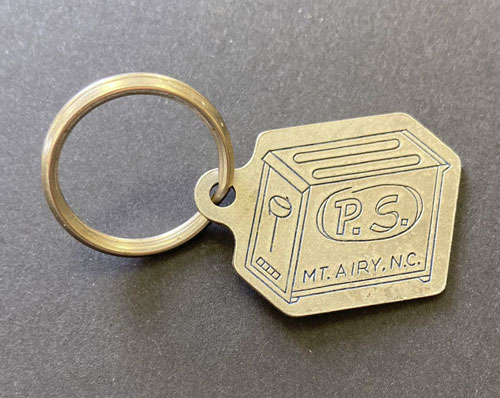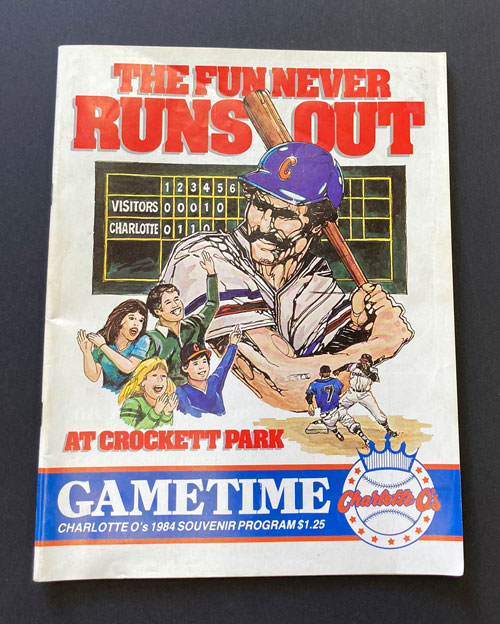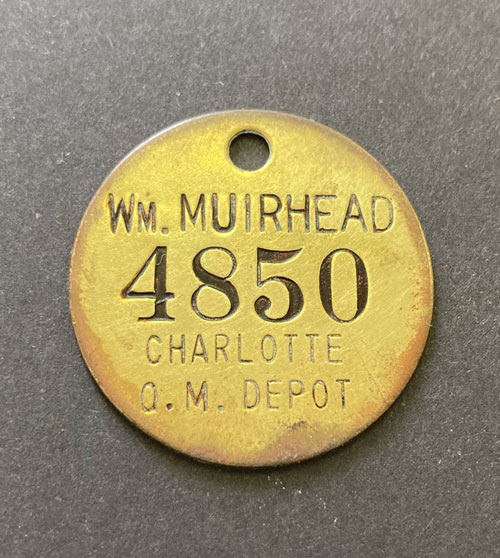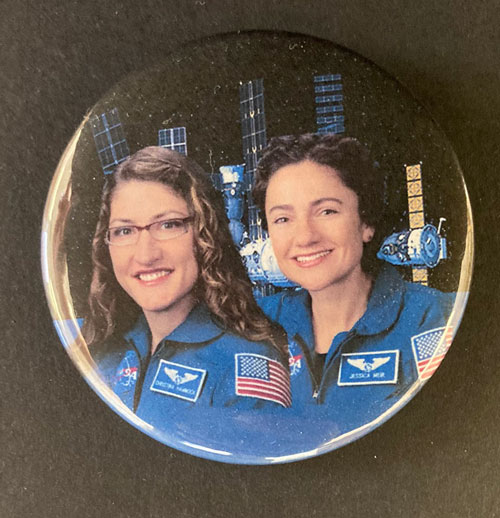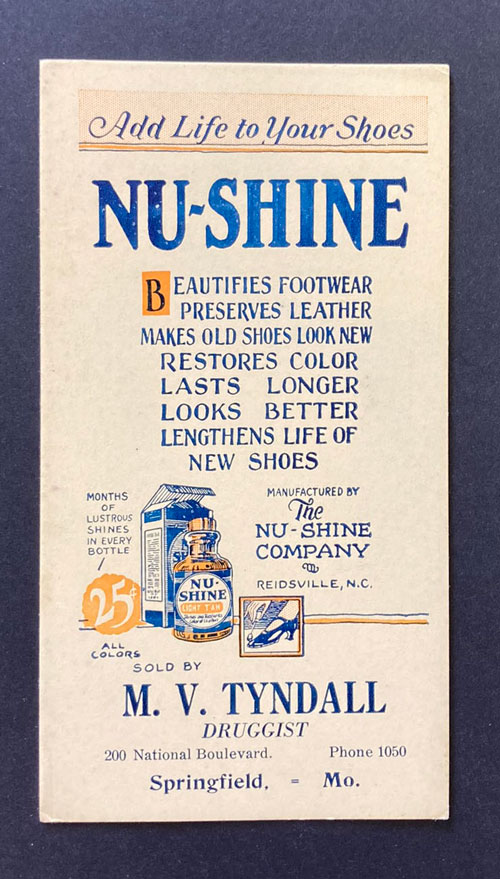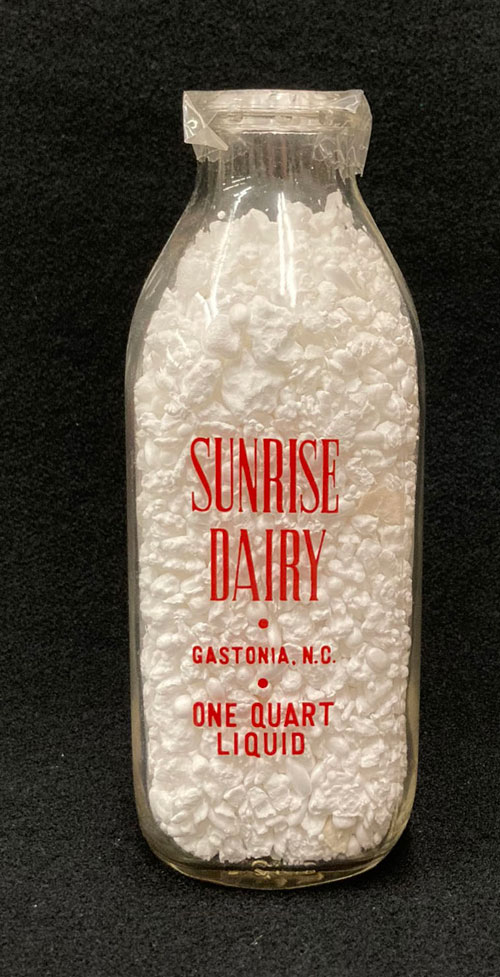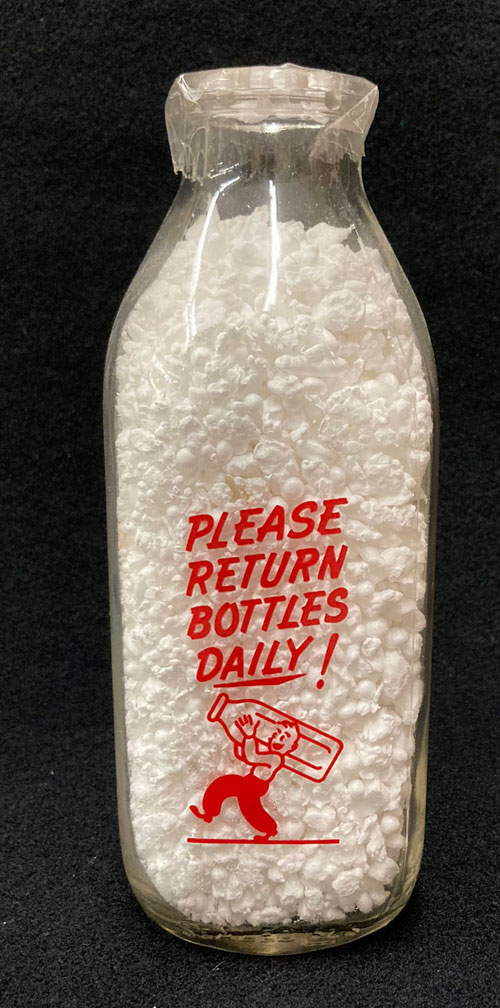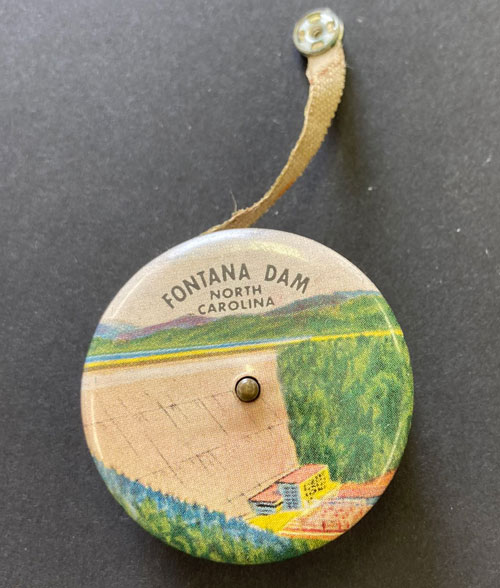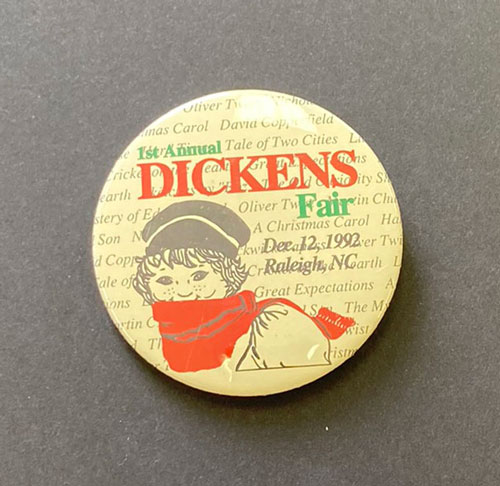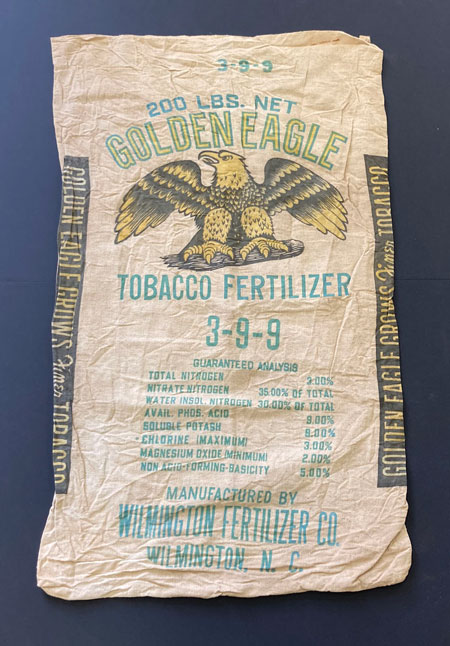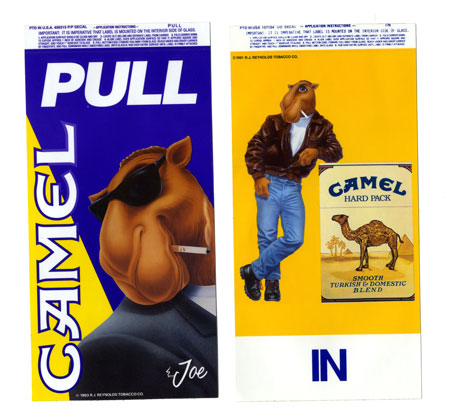“In the late 1950s, the Proctor Electric Co. built an ultra-modern, $1,500,000 manufacturing plant which became the largest in the country devoted exclusively to electric automatic toasters. In 1959, a mere two years after opening, the plant produced its 1,000,000th toaster. Close to 50 different models of toasters were made, many under the brand names of Universal, Sears and Montgomery Ward. Mount Airy soon became known as the ‘Toaster Capital of the World.’
“Proctor Electric merged with Silex Corp. in 1960 and then with Hamilton Beach in 1990. In 1998, Hamilton Beach/Proctor Silex [the P.S. on the fob] closed its plant in Mount Airy.
“In the early 1950s the initial grading and excavation for building the toaster factory uncovered a large Native American burial ground. Newspaper accounts noted skeletons, pottery, projectile points, beads and pipes being unearthed and treasure seekers coming to collect these items. An open invitation was issued for the public to come and ‘hunt for relics.’ Sadly, this occurred before the Native American Graves Protection and Repatriation Act of 1990 or guidance for protecting Native American grave sites or properties.”
— From “Toast of the Town – Proctor Electric and the Native American Artifact Dig” from the Mount Airy Museum of Regional History

